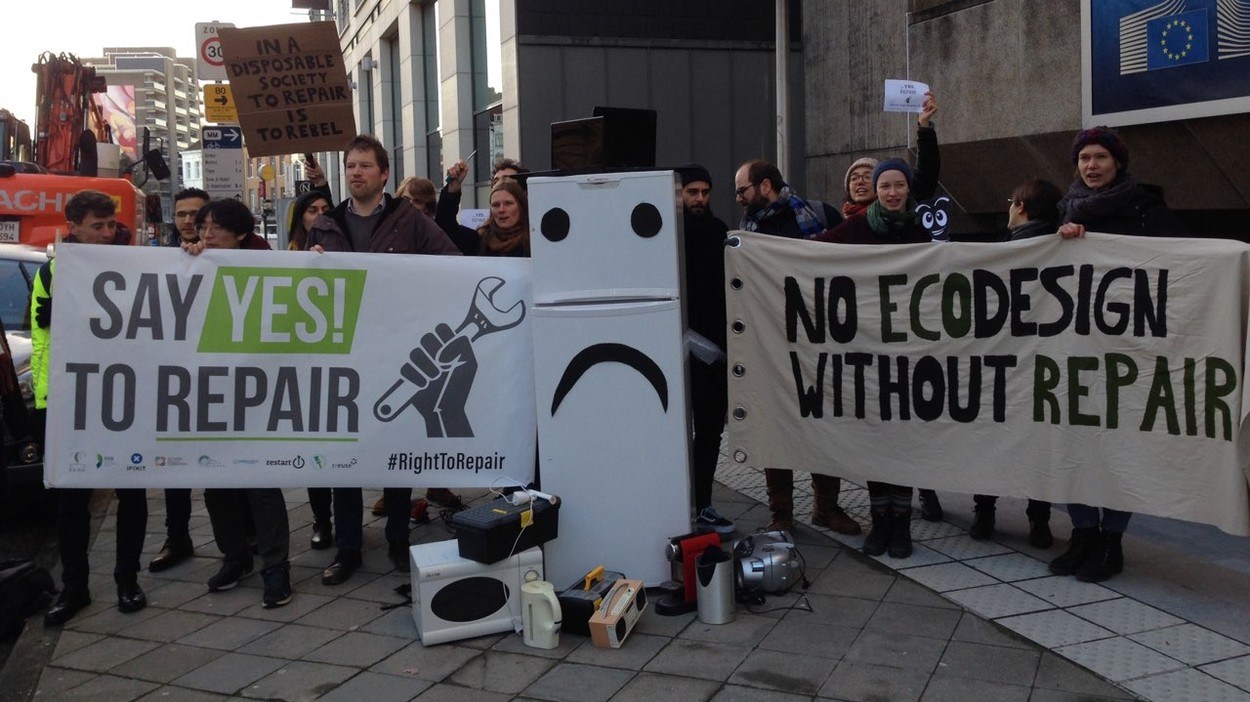Current state of Right-to-Repair in the US

The right-to-repair movement in the United States is a constantly evolving landscape, with each state taking its own approach to address the issue. Currently, 37 states have passed some form of right-to-repair legislation, with 9 of those states specifically targeting agriculture-related repairs. The significance of these numbers becomes apparent when we examine the impact of practices by industry giants like John Deere, which have played a major role in shaping the right-to-repair movement within the country.
One of the noteworthy recent developments in this space is the introduction of New York’s Digital Fair Repair Act. This legislation compels digital electronics manufacturers to provide consumers and independent repair shops with access to essential components, tools, information, and software. By enacting such laws, every step taken towards ensuring the right to repair aims to make a dent in the staggering 55 million tons of electronic waste discarded globally each year.
The right-to-repair movement gained momentum largely due to the practices employed by companies like John Deere. These industry giants have tightly controlled access to repair information and restricted the availability of necessary tools and parts. As a consequence, consumers and independent repair shops have faced significant hurdles when attempting to tackle repairs, leading to increased frustration and unnecessary waste.
By passing state-specific legislation, various states have sought to address this issue and empower consumers and repair professionals alike. These laws aim to level the playing field by compelling manufacturers to provide open access to repair-related resources, ultimately reducing the environmental impact of discarded electronics and promoting a more sustainable approach to consumer technology.
In parallel with legislative efforts, advocacy groups, grassroots movements, and vocal consumer voices have played instrumental roles in driving the right-to-repair agenda forward. It is through their continued efforts that the movement has gained visibility and prompted discussions on broader policy changes at the national level.
As we move forward, the right-to-repair movement continues to shape the consumer landscape. By upholding the principles of accessibility, transparency, and sustainability, these initiatives aim to empower individuals, promote community engagement, and foster a more responsible approach to the lifecycle of consumer electronics.
